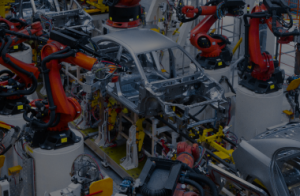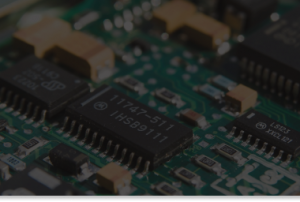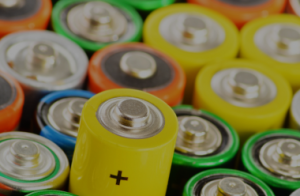India’s Electric Vehicle Market: A Look Back at 2023 Get...
Read MoreVineet Dravid
Founder & CEO oorja
Battery Modelling and Hybrid Simulations: A Marriage Made in Heaven?
The electric vehicle (EV) industry continues to grow in leaps and bounds spurred on by growing fuel prices, sustainability concerns, and strong regulatory backing. The Indian electric vehicle market is expected to reach USD 37.70 billion by 2028, registering a CAGR of 46.38%, as per a report by Mordor Intelligence.
However, in order for electric vehicles to truly make an impact and overtake parity with ICE technology, significant advancement in battery technology is crucial.
The Challenge of Battery Modelling
The Challenge of Battery Modelling
Currently, the biggest challenges in battery development are around estimating battery temperature and predicting battery life. Predicting the temperature and life of cells and packs is complex since it depends on an interplay of several diverse mechanisms. For instance, temperature can rise during both charge and discharge not only due to ions produced but also due to some unwanted side reactions. The rise in temperature then causes degradation which can accelerate the unwanted reactions and accelerate degradation. Some of these side reactions include SEI layer formation, loss of active materials and Lithium plating.
The ability to predict these parameters is critical not only to ensure the battery lasts the period of its warranty, but also to speed up the entire design lifecycle, optimize design costs, and maximize performance. The use of analysis can also be helpful in designing smarter battery management systems (BMS).
Both Physics-Based and ML-based approaches fall short
At the early design stage, it is very difficult to obtain experimental data and thus simulation plays an important role in the design process. The ideal approach is to use first-principles models, also called a physics-based approach.
However, there are several challenges in using a pure physics-based approach. Accurate modelling requires a number of parameters, such as the porosity of electrodes, conductivity, electrode thickness, and reaction rates. The absence of data on these parameters poses a big challenge at the early stages of design and makes the entire process time consuming and expensive. The approach also needs skilled experts with years of experience in the domain, a commodity difficult to find in the current market
Machine learning is another approach being used for the predictive analysis of batteries. Since this approach is physics agnostic, the constraints posed by unknown parameters are overcome. However, even this approach requires huge amounts of data to build reliable models, which is not available at the beginning of a design cycle. The lack of data again slows down the design process as well as makes it more expensive. Building ML models with lesser data makes the predictions prone to overfitting: a term which means the model works well on the training dataset but does not give accurate results on the predictions. Therefore, pure ML, without any physical insights, is unlikely to give reliable predictions outside the range of available data.
A Hybrid approach brings together the best of physical and ML-based modelling
In the past few years, there has been considerable interest in blending these two approaches – physics-based with machine learning – to leverage their respective strengths and come up with simpler and faster, yet accurate models. There are several ways in which hybrid models, a combination of physics-based and machine learning, can be constructed to enable accurate prediction, and this has been a topic of research for the past decade.
The key advantage of using this approach is that the “shortcomings” of the physics based models are overcome by the experimental data that the ML model uses. Similarly, since the approach starts with mathematical models, the need for voluminous data is reduced.
We are at a paradigm shift when it comes to physical analysis. Traditionally, a quest for greater accuracy has always implied adding more complexity. With the advent of hybrid modelling, the prediction will start with building simpler and faster physics-based models which will set the base for the machine learning algorithm, and the accuracy will come from frugal experimental data.
Latest Blog Posts
Hybrid Modeling: Bridging Physics and Machine Learning
Hybrid Modeling: Bridging Physics and Machine Learning Get Started Contact...
Read MoreAccelerated Degradation Predictions using Hybrid (Physics+ML) Simulations
Accelerated Degradation Predictions using Hybrid (Physics+ML) Simulations Get Started Contact...
Read More


